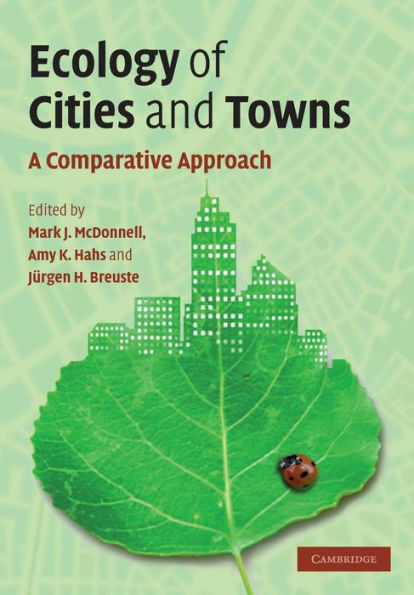5
1
9780521678339



Ecology of Cities and Towns: A Comparative Approach available in Hardcover, Paperback, eBook

Ecology of Cities and Towns: A Comparative Approach
- ISBN-10:
- 0521678331
- ISBN-13:
- 9780521678339
- Pub. Date:
- 06/25/2009
- Publisher:
- Cambridge University Press
- ISBN-10:
- 0521678331
- ISBN-13:
- 9780521678339
- Pub. Date:
- 06/25/2009
- Publisher:
- Cambridge University Press

Ecology of Cities and Towns: A Comparative Approach
$78.99
78.99
In Stock

Product Details
| ISBN-13: | 9780521678339 |
|---|---|
| Publisher: | Cambridge University Press |
| Publication date: | 06/25/2009 |
| Edition description: | New Edition |
| Pages: | 746 |
| Product dimensions: | 6.90(w) x 9.70(h) x 1.40(d) |
About the Author
From the B&N Reads Blog
